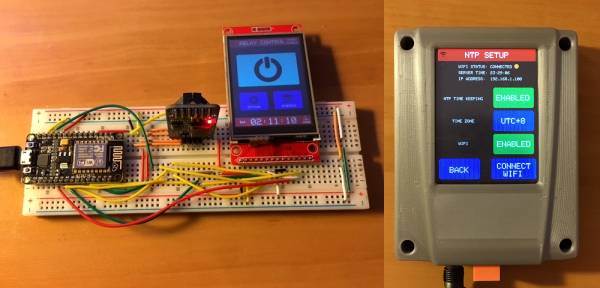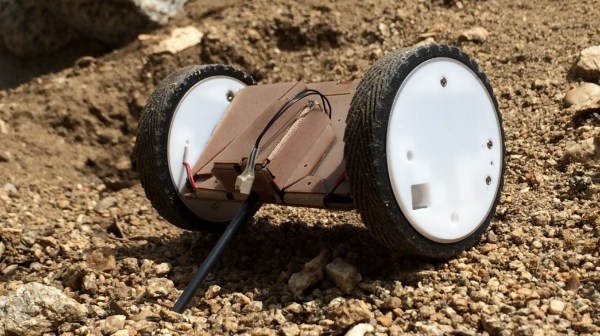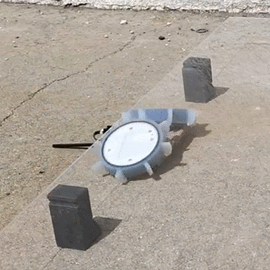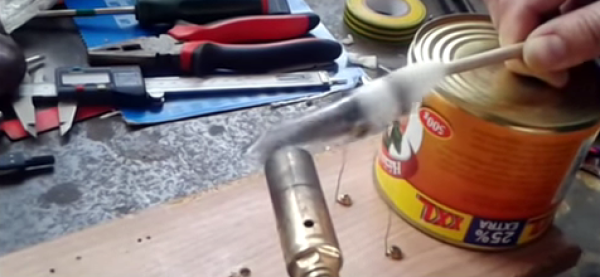The Hackaday Prize is in full swing, and that means we’re starting to see all the builds a few select people have been saving up for the past few months. [yowhwui] has been working on a 3D printed electric longboard for a while now, and this build is really solid. He already has over 150km on the odometer, and the 3D printed parts are still holding up.
The power for this motor comes from a 6374 brushless motor running at 192 kV. This, plus two 4S 30C 5000mAh LiPo batteries propel this longboard to speeds up to 42 km/h (2.18 Saxon leagues per quarter hour), all while weighing about 8kg.
Since [yowhwui] is using the motor for power and braking (electric motors are neat), this longboard needs to be designed with belt skipping in mind. To that end, he’s designed a drive system with an idler, and nearly every single part is 3D printed. The first revision of the hardware was printed in PETG. While PETG was more than strong enough, it was also too brittle. This led to a few cracks. After printing the parts out again in ABS, [yowhwui] put a few more kilometers on this longboard, and there are no immediate signs of wear.









 PUFFER — which stands for Pop-Up Flat-Folding Explorer Robot — is able to sense objects and adjust its profile accordingly by ‘folding’ itself into a smaller size to fit itself into nooks and crannies. It was designed so multiple PUFFERs could reside inside a larger craft and then be deployed to scout otherwise inaccessible terrain. Caves, lava tubes and shaded rock overhangs that could shelter organic material are prime candidates for exploration. The groups of PUFFERs will send the collected info back to the mother ship to be relayed to mother Earth.
PUFFER — which stands for Pop-Up Flat-Folding Explorer Robot — is able to sense objects and adjust its profile accordingly by ‘folding’ itself into a smaller size to fit itself into nooks and crannies. It was designed so multiple PUFFERs could reside inside a larger craft and then be deployed to scout otherwise inaccessible terrain. Caves, lava tubes and shaded rock overhangs that could shelter organic material are prime candidates for exploration. The groups of PUFFERs will send the collected info back to the mother ship to be relayed to mother Earth.










